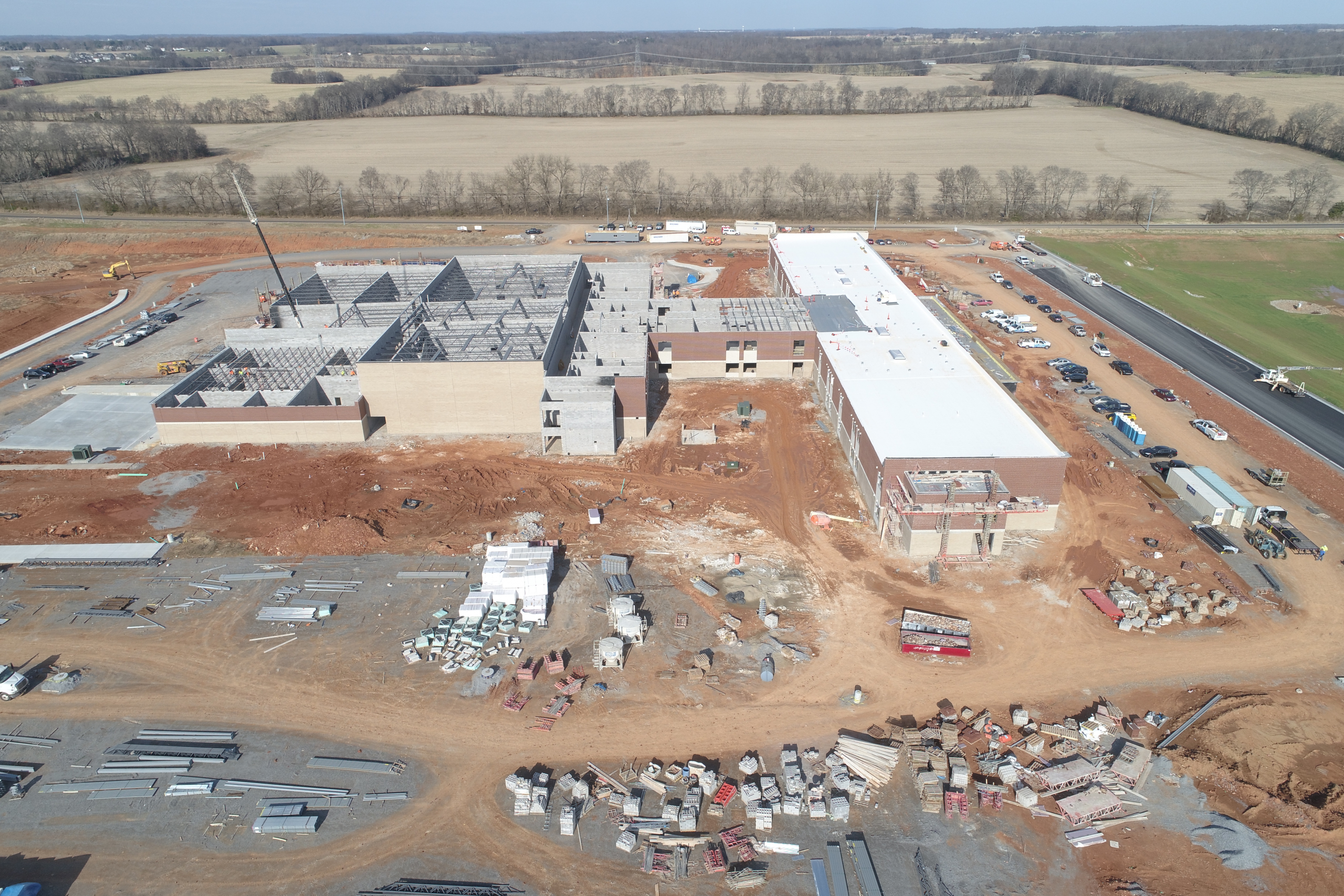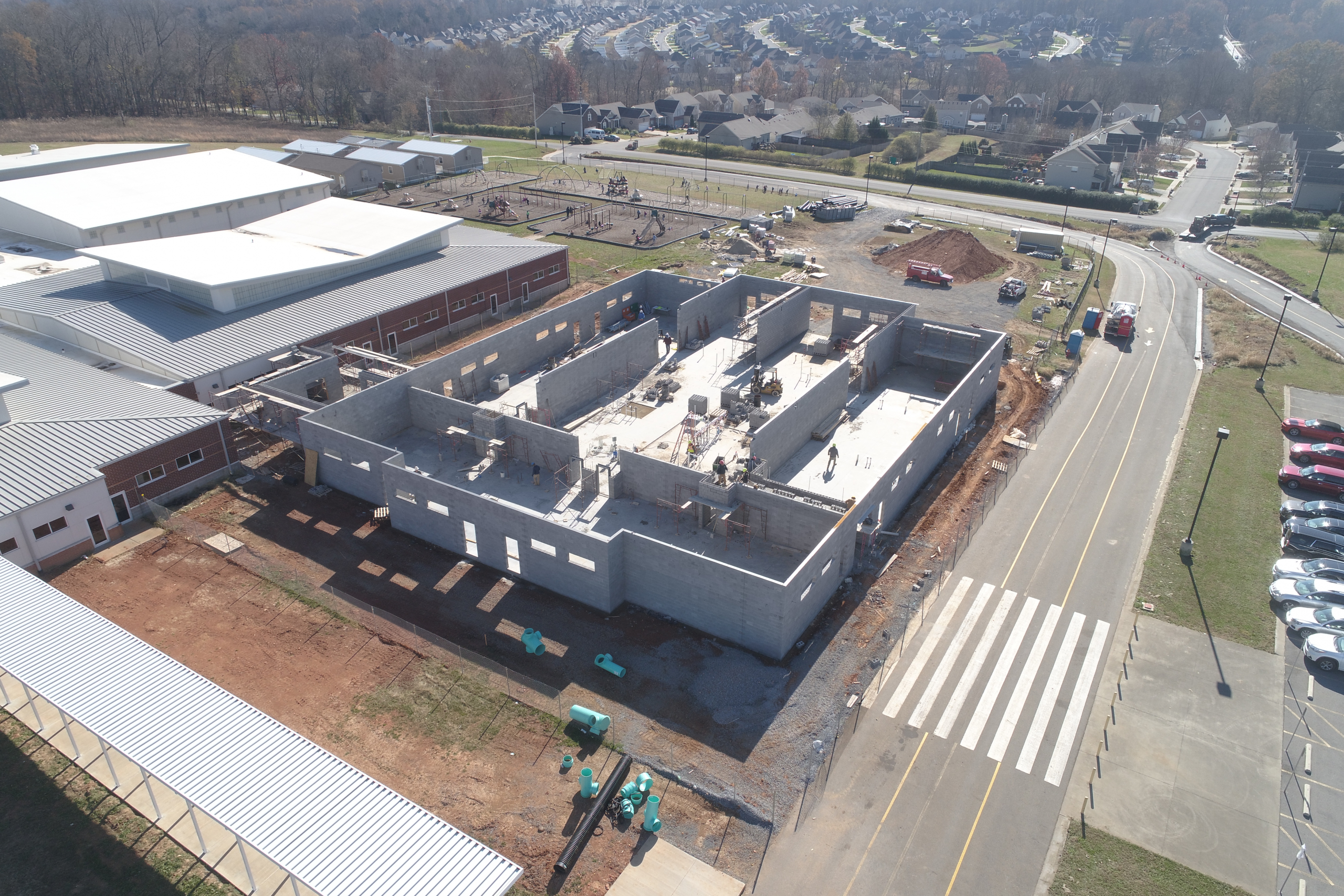


As we know, GIS is used in many ways. One of those uses includes city planning for urban areas. Here are some of the benefits of using GIS for urban planning.
GIS uses many tools to help create cities, these tools being database management, visualization, and spatial analysis and modeling. Database management is an important tool for GIS because it is the creation, import and maintenance of the data that is going in and out of the GIS platform. As you can imagine a city holds a lot of data from environmental data to land use maps and plans, there is a lot, and GIS provides a single database where all of that can be stored and organized. Visualization is just as equally important, its function is to enable planners to create maps using the desktop GIS. Creating digital maps makes it easier to make decisions for a city’s layout. Spatial analysis and modeling aid in site selection, land use and modeling, and impact assessments. These tools essentially make up how a city is planned and designed, and all with the help of GIS.

Leave A Comment
You must be logged in to post a comment.